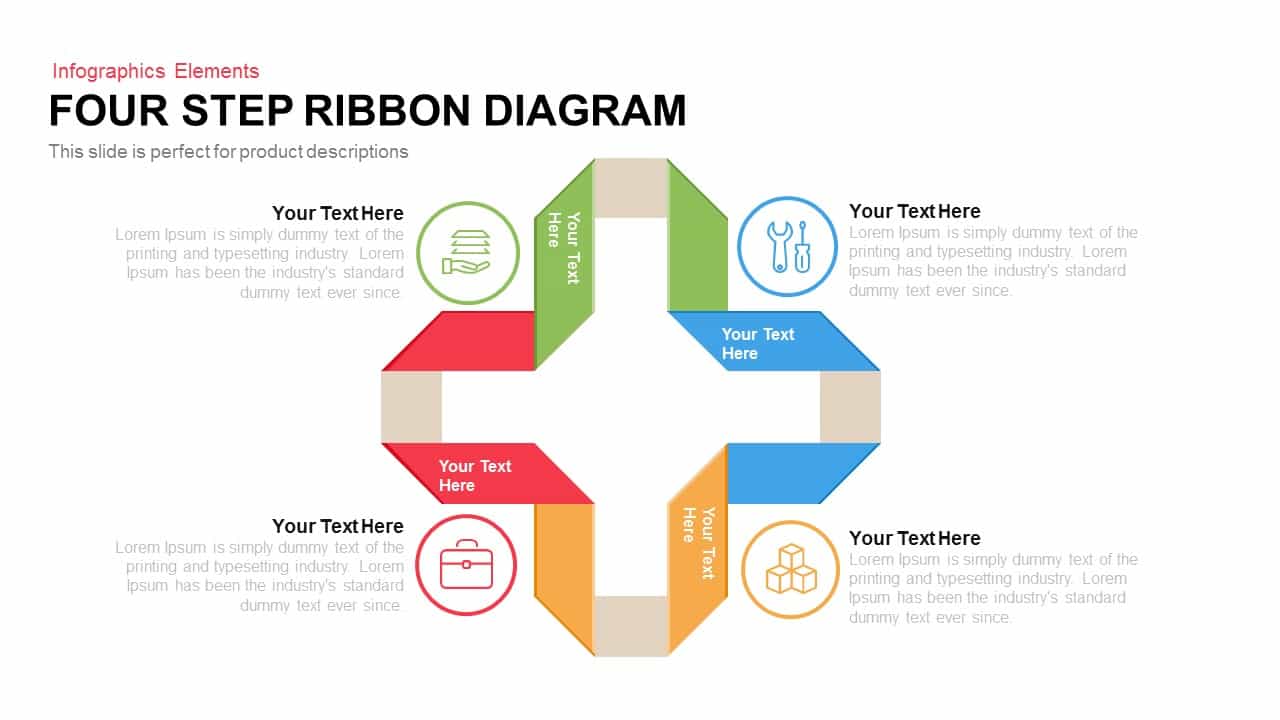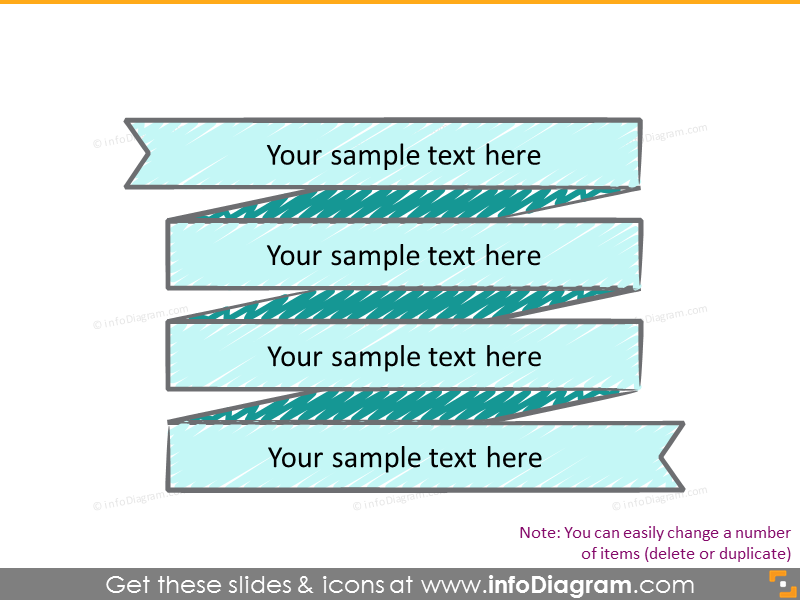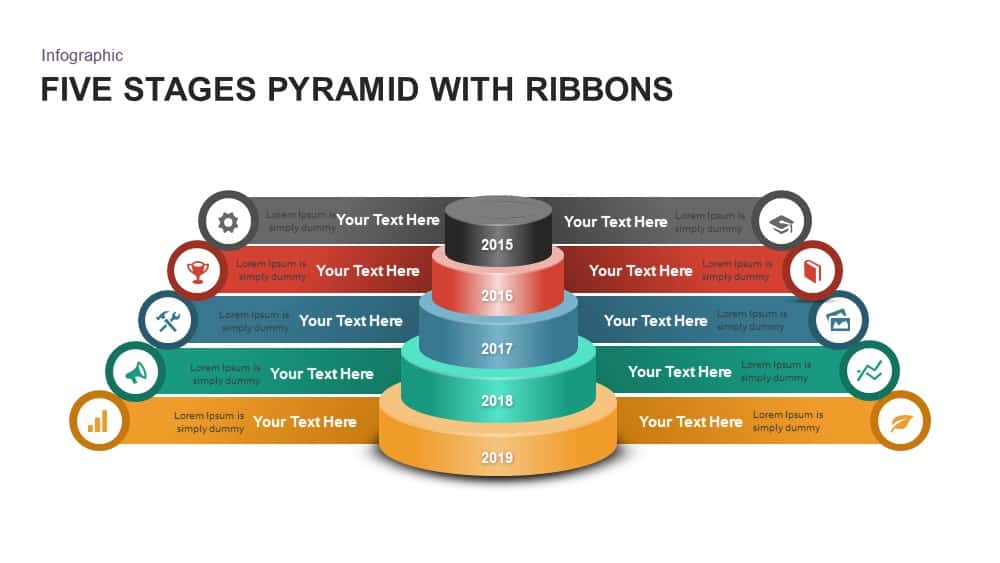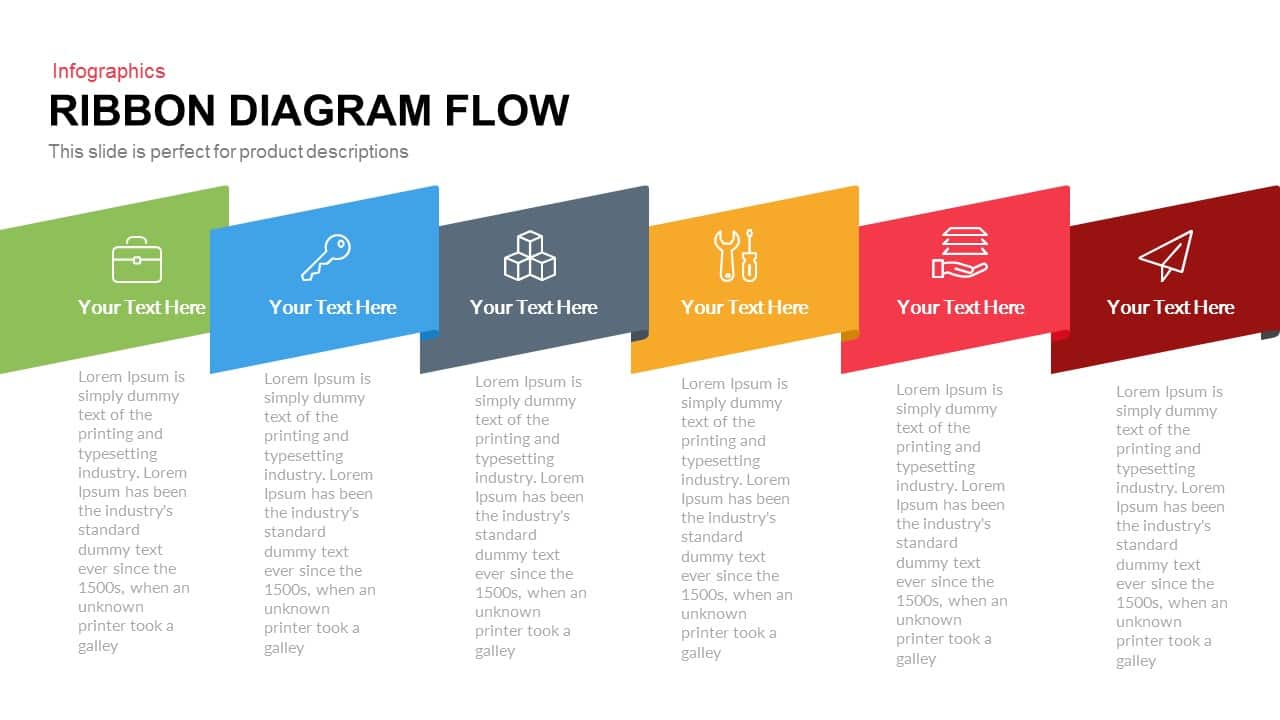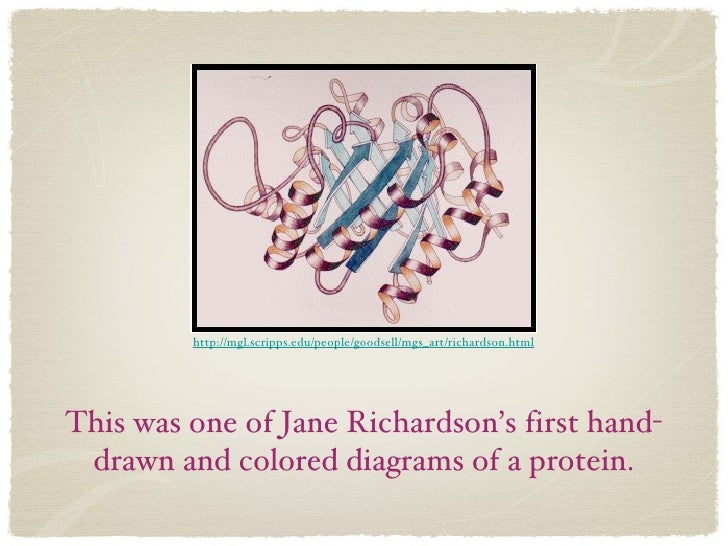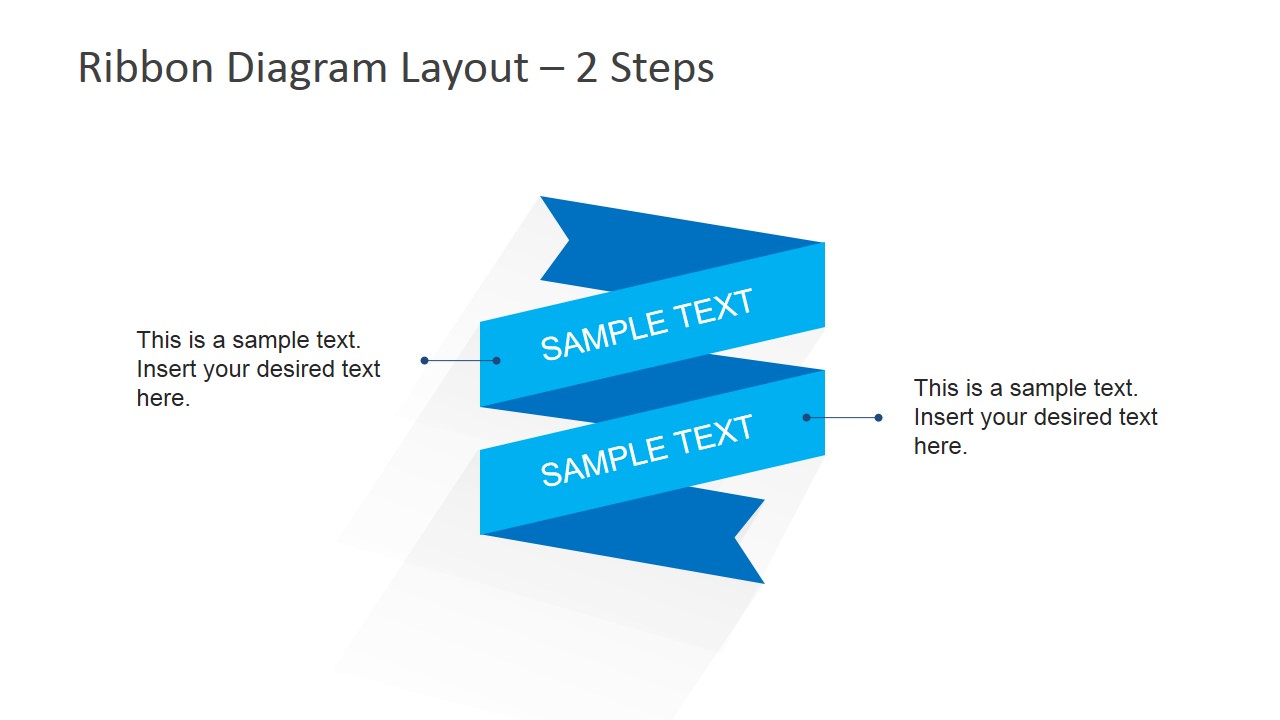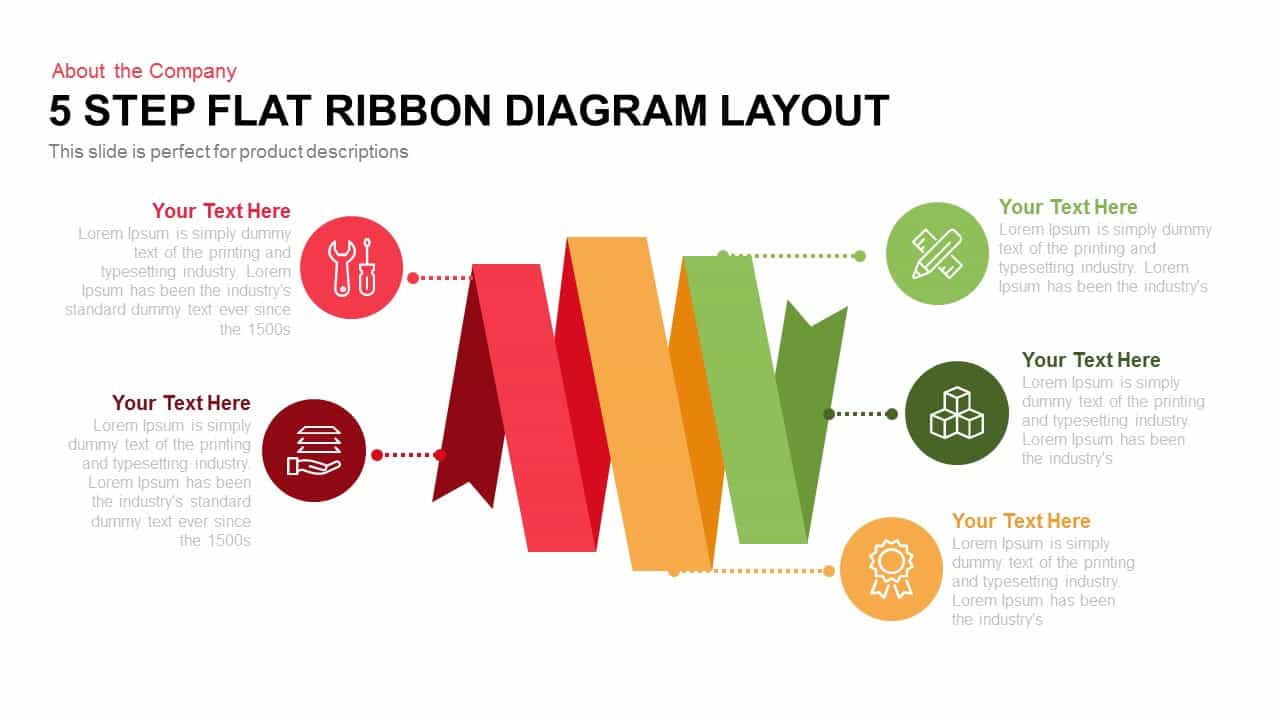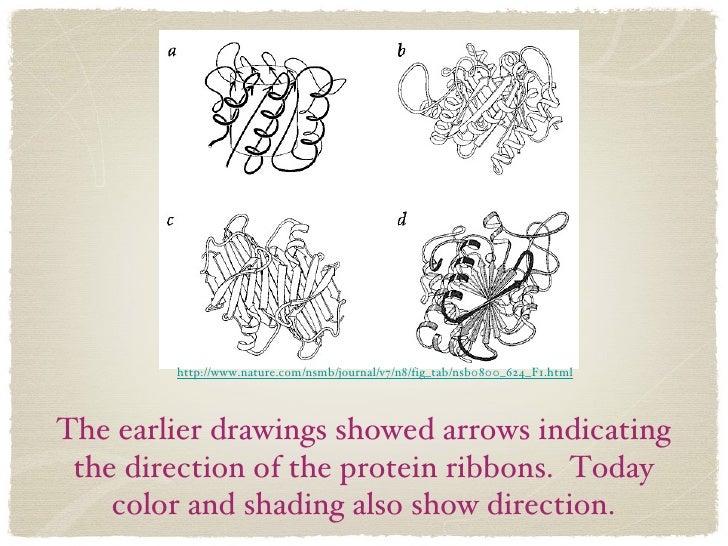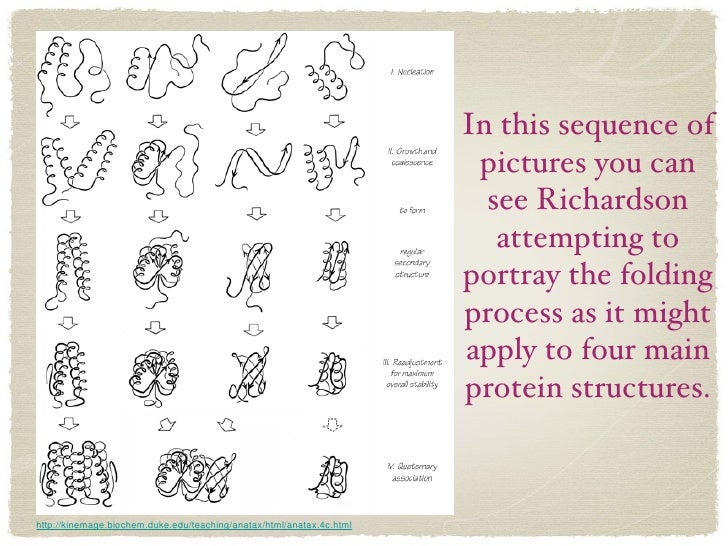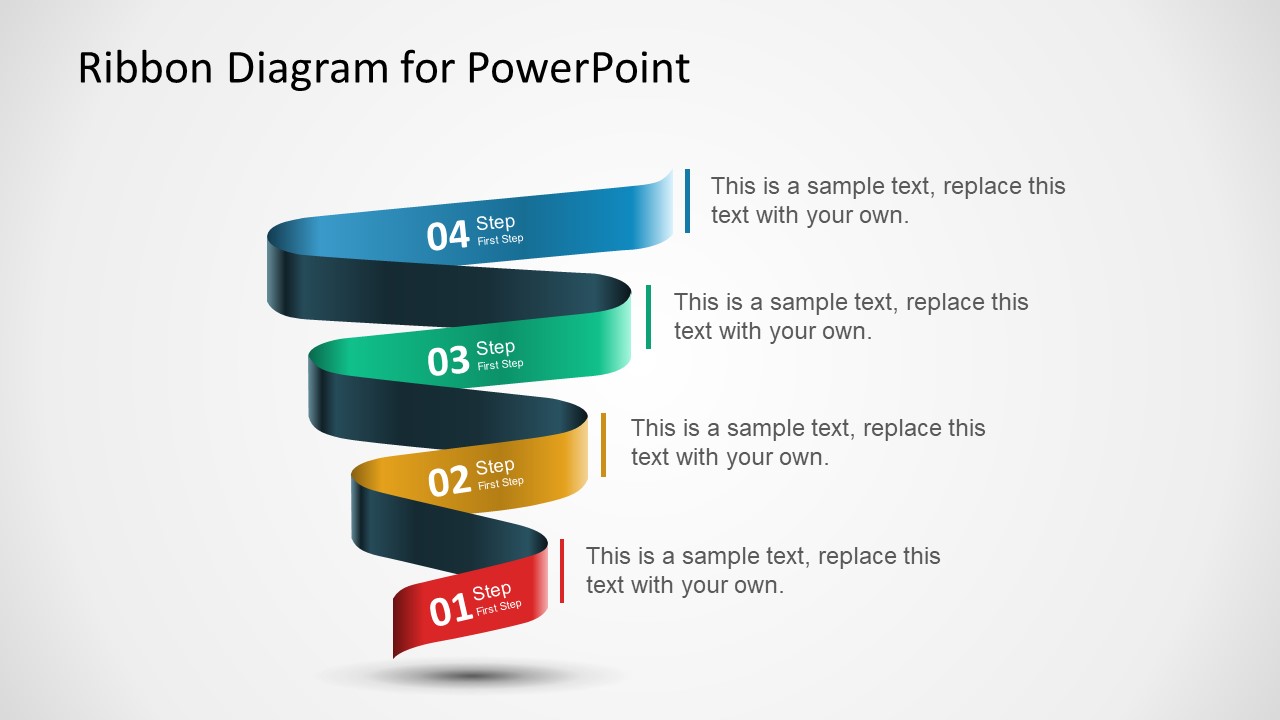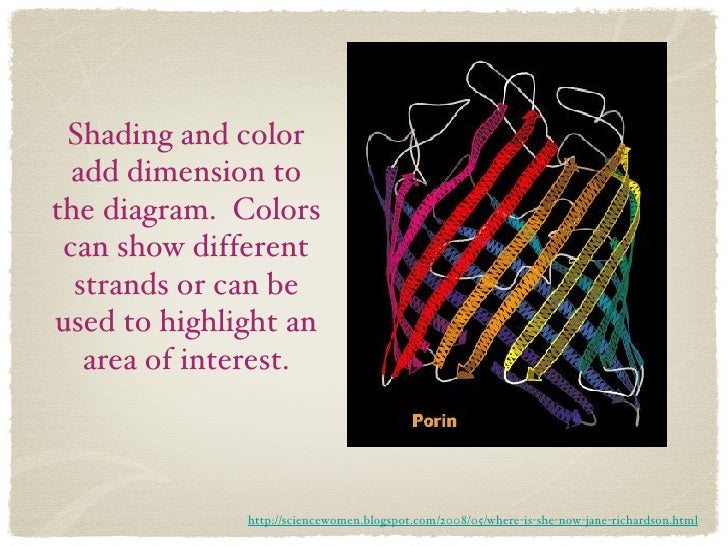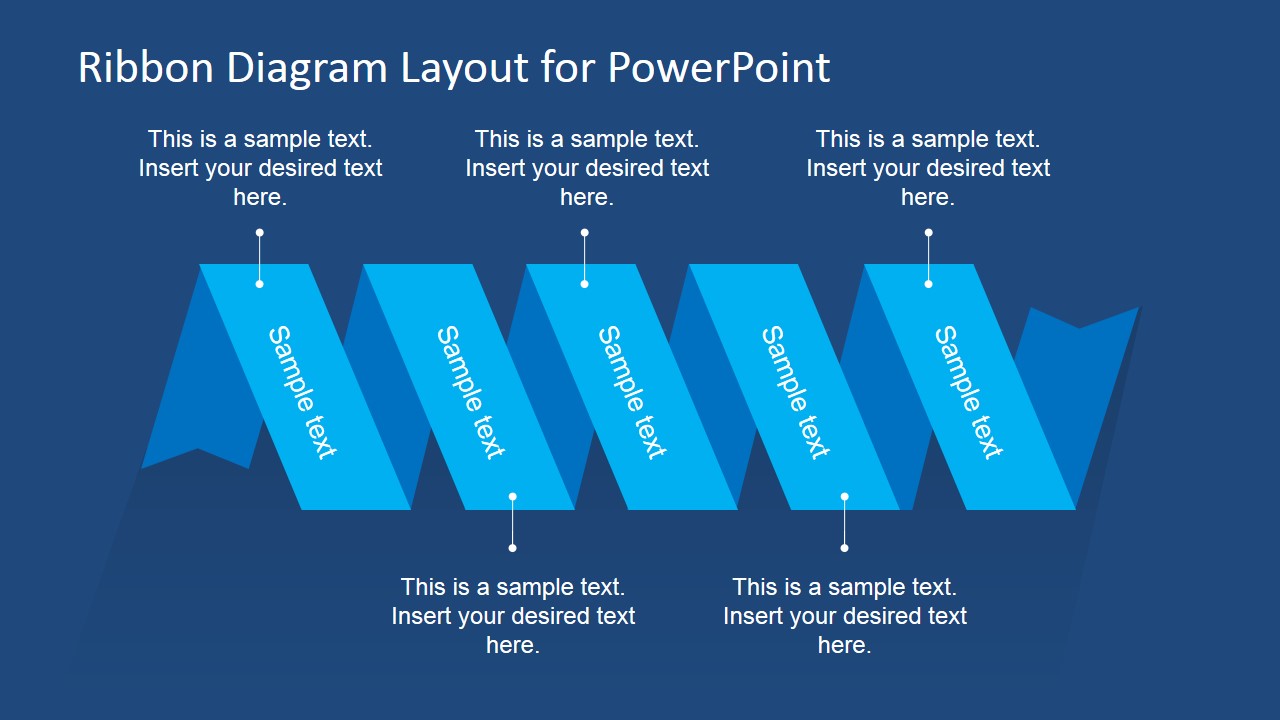Impressive Tips About What Are Ribbon Diagrams Used For Combo Chart Google Sheets

The ribbon diagram came along in about 1980.
What are ribbon diagrams used for. A ribbon diagram is a 3d representation of the structure of a protein. A ribbon diagram is a visual representation of the organization of a text. Ribbon diagrams are generated by interpolating a smooth curve through the polypeptide backbone.
It provides a simplified, linear representation of the protein chain, highlighting the secondary structure elements such as. It is used both by structural biologists and chemists as well as students and those with only a casual interest in molecular biology. The materials they’re made from gives them a different texture.
For those outside the field, it's a way to represent protein structure. What is ribbon diagram? Ribbon diagrams, also known as richardson diagrams, are 3d schematic representations of protein structure and are one of the most common methods of protein depiction used today.
The protein ribbon diagram, as a means of visual reductionism, is a case in point. Ribbon diagrams, also known as richardson diagrams, are 3d schematic representations of protein structure and are one of the most common methods of protein depiction used today. Cartoon ribbon diagrams as a blessing and a curse.
It takes the primary sequence (one amino acid after another) and simplifies the general direction of that twisting, folding chain as if it were a piece of ribbon. While some ribbons are sturdy and durable, others are soft and flexible. Ribbon diagrams, also known as richardson diagrams, are 3d schematic representations of protein structure and are one of the most common methods of protein depiction used today.
The protein data bank is an online database of over 130,000 pdb files. Ribbon diagrams are important for protein visualization, used to convey the secondary structure in a clear and concise manner. In this perspective, philip bourne encourages a reevaluation of its value in an era of machine learning and ai.
The most common types of ribbon material include mesh, fiber, silk, lace, and nylon. These files encode all of the information needed to produce a ribbon diagram. Think of it as a table of contents stretched out horizontally so that you can see not only what is in the text, but how large each piece is.
The ribbon depicts the general course and organisation of the protein backbone in 3d and serves as a visual framework for. Ribbon diagrams, also known as richardson diagrams, are 3d schematic representations of protein structure and are one of the most common methods of protein depiction used today. Ribbon diagrams, also known as richardson diagrams, are 3d schematic representations of protein structure and are one of the most common methods of protein depiction used today.
Here some common conventions used in protein ribbon diagram: Profound advances in protein structure prediction, and our own recent work on exploring protein fold space, both of which use deep learning methods, got us thinking about something one of us (peb) has taught for a long time—the curse of the ribbon. Ranging in likeness from a flapping kite tail to a tight coil of crimped gift ribbon, these carefully etched diagrams invented by richardson have served for many years as a primary way that scientists can describe what they see in their data.
Figure was adapted from gromiha (2003b). Does the visual reductionism of the protein ribbon diagram facilitate or hinder scientific insight? Ranging in likeness from a flapping kite tail to a tight coil of crimped gift ribbon, these carefully etched diagrams invented by richardson have served for many years as a primary way that scientists can describe what they see in their data.
